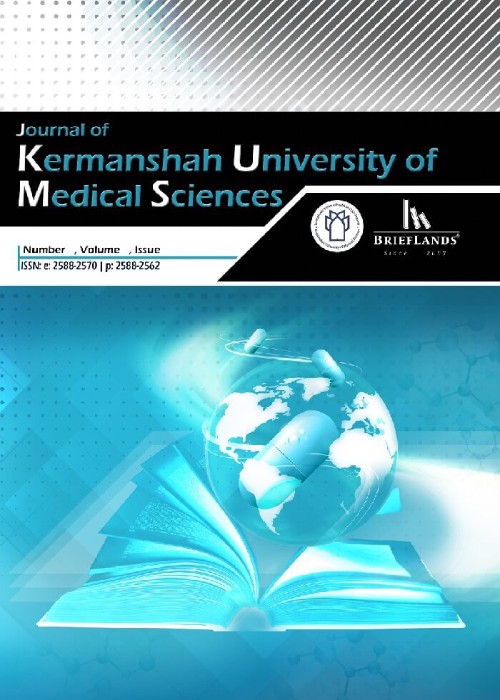Genetic Variation and Phylogenetic Analysis of Influenza A/H3N2 Hemagglutinin Gene in Shiraz, Southern Iran: Implications for Influenza Control and Vaccine Development
Variation in the hemagglutinin (HA) of influenza A/H3N2 can affect antigenicity and virulence, potentially leading to the emergence of vaccine escape variants and antigenic shift viruses. This study aimed to evaluate the genetic variation of the HA gene to enhance global influenza virus surveillance.
The primary objectives of this research included molecular characterization and phylogenetic analysis of the influenza A/H3N2 HA gene. Therefore, this research aimed to contribute valuable insights to influenza surveillance efforts on a global scale by identifying the variants associated with vaccine escape and antigenic shift.
RNA extraction was performed on 300 nasopharyngeal swab samples from patients with influenza-like illness using a commercial kit. The presence of influenza A/H3N2 was determined using qRT-PCR. Subsequently, positive samples underwent HA gene amplification through RT-PCR using the Sanger method. Variability in HA immunological sites was compared with reference sequences, and genotype/subtype was determined. Alignment and phylogenetic analyses were conducted to construct a tree utilizing an optimal nucleotide substitution model
Among the 300 samples, 22 (7.33%) tested positive for influenza A/H3N2, with a male distribution of 13 cases. The mean age of the participants was 35 ± 2.40 years. The analysis of antigenic site mutations revealed significant variations (A, B, D, and E) in the HA gene, with major mutations at positions 140 and 186. Noteworthy mutations such as S159Y and the previously undocumented K83R substitution at antigenic site E. Phylogenetic analysis classified the A/H3N2 strain into clades 3C.2a and 3C.3.
The identified mutations in the HA gene suggest potential changes in antigenicity, emphasizing their relevance to vaccine development and surveillance strategies. It is recommended that ongoing molecular investigations be conducted for effective influenza control; also, the ongoing need to monitor influenza viruses is suggested to be highlighted. This research provides valuable insights necessary for maintaining efficient influenza control measures globally.
Influenza , Hemagglutinin , Variation , Virus
- حق عضویت دریافتی صرف حمایت از نشریات عضو و نگهداری، تکمیل و توسعه مگیران میشود.
- پرداخت حق اشتراک و دانلود مقالات اجازه بازنشر آن در سایر رسانههای چاپی و دیجیتال را به کاربر نمیدهد.


